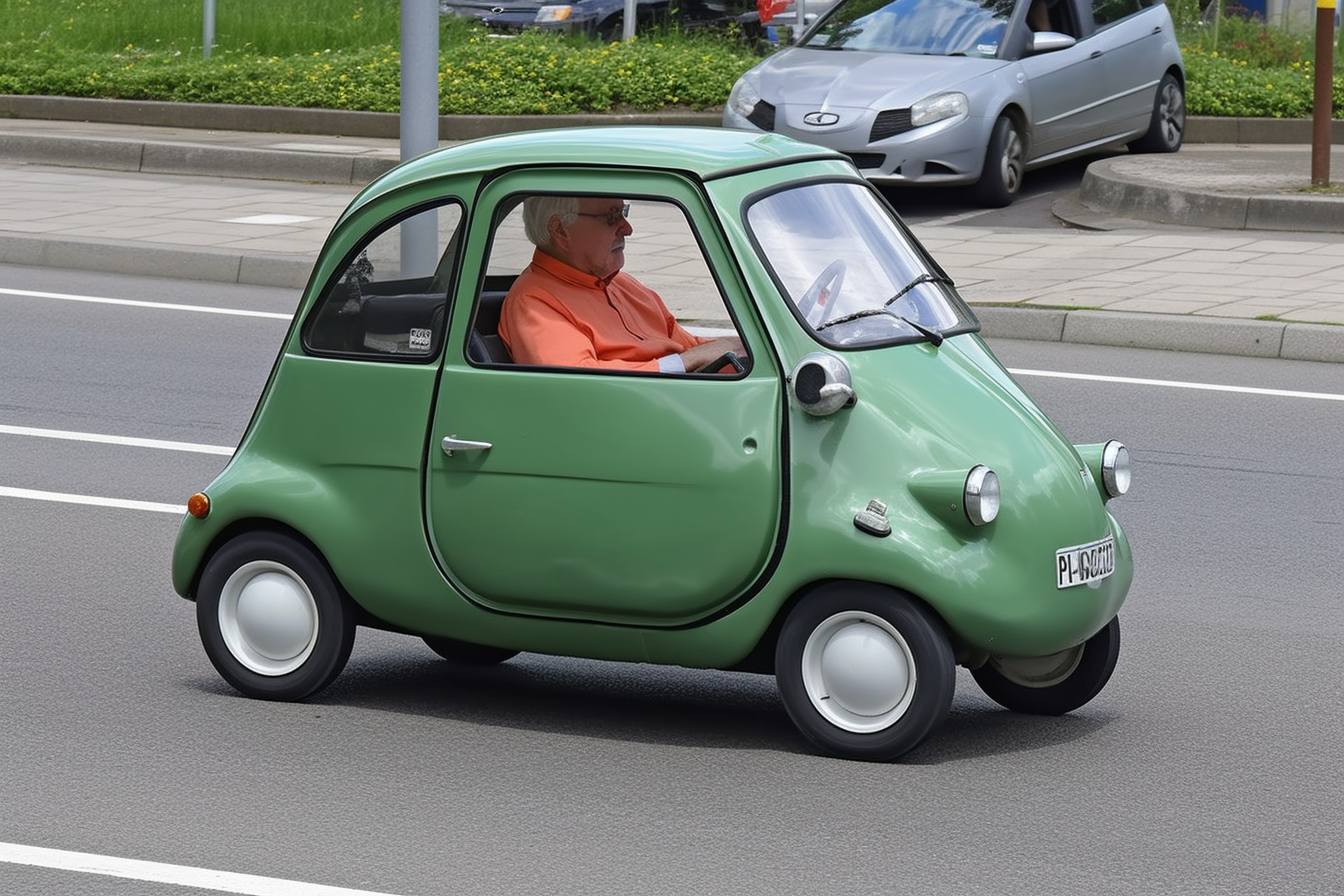Beyond the Horizon: The Emergence of Space Tourism
The cosmos have always enticed mankind with their vastness and mystique. The possibility of exploring what lies beyond our atmosphere has captivated our imagination for centuries. Now, with the advent of space tourism, this distant dream is becoming an attainable reality. This article delves into the evolution, current trends, and practical implications of space tourism, presenting an intriguing perspective on our newest travel frontier.

The Genesis of Space Tourism
Space tourism, although a relatively fresh concept, traces its roots back to the late 20th century. Dennis Tito, an American entrepreneur, became the first recognized space tourist in 2001 when he paid a staggering $20 million to board a Russian spacecraft. This initial voyage sparked the interest of private companies, giving birth to an entirely new sector within the tourism industry.
The Modern Landscape of Space Tourism
Today, several private companies are vying for their share of the space tourism market. Pioneers like SpaceX, Blue Origin, and Virgin Galactic have made significant strides in developing spacecraft capable of ferrying civilians into space. Each company offers a unique experience - from suborbital flights providing a few minutes of weightlessness, to ambitious plans for lunar tourism.
Advantages and Challenges of Space Tourism
The primary allure of space tourism lies in its novelty. It caters to the human desire for exploration and offers an unparalleled view of our planet. However, this nascent industry also faces considerable challenges. The exorbitant cost of space travel limits its accessibility, and the potential environmental impacts of frequent launches raise sustainability concerns.
Unraveling the Impact of Space Tourism
Space tourism holds immense potential for scientific advancements. It could fund space research, contribute to our understanding of the cosmos, and even pave the way for potential space colonization. However, its impact on Earth’s environment, space traffic management, and geopolitical relations requires careful consideration.
The Future of Space Tourism
While still in its infancy, the space tourism industry is poised for significant growth. Projections suggest that it could generate over $3 billion annually by 2030. As technology advances and costs decrease, space tourism could become an achievable dream for many, transforming the way we perceive travel.
Starstruck Facts and Tips
-
Dennis Tito spent eight days in space, orbiting Earth 128 times.
-
Virgin Galactic plans to commence commercial operations in 2022, with tickets priced at $250,000.
-
SpaceX’s Starship, currently in development, aims to carry up to 100 passengers on interplanetary trips.
-
Space tourists undergo rigorous training to prepare for the physical demands of space travel.
In conclusion, space tourism represents a promising and exciting frontier in travel. It encapsulates our universal fascination with the cosmos, while also posing significant technological, environmental, and ethical challenges. As we stand on the precipice of this new era, it’s worth contemplating the potential of space tourism to reshape our relationship with travel and our place in the universe.




